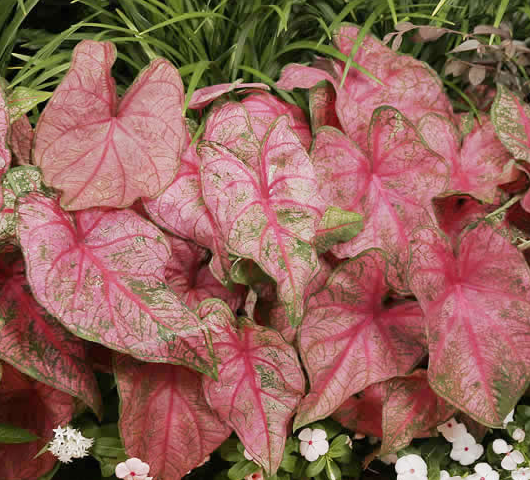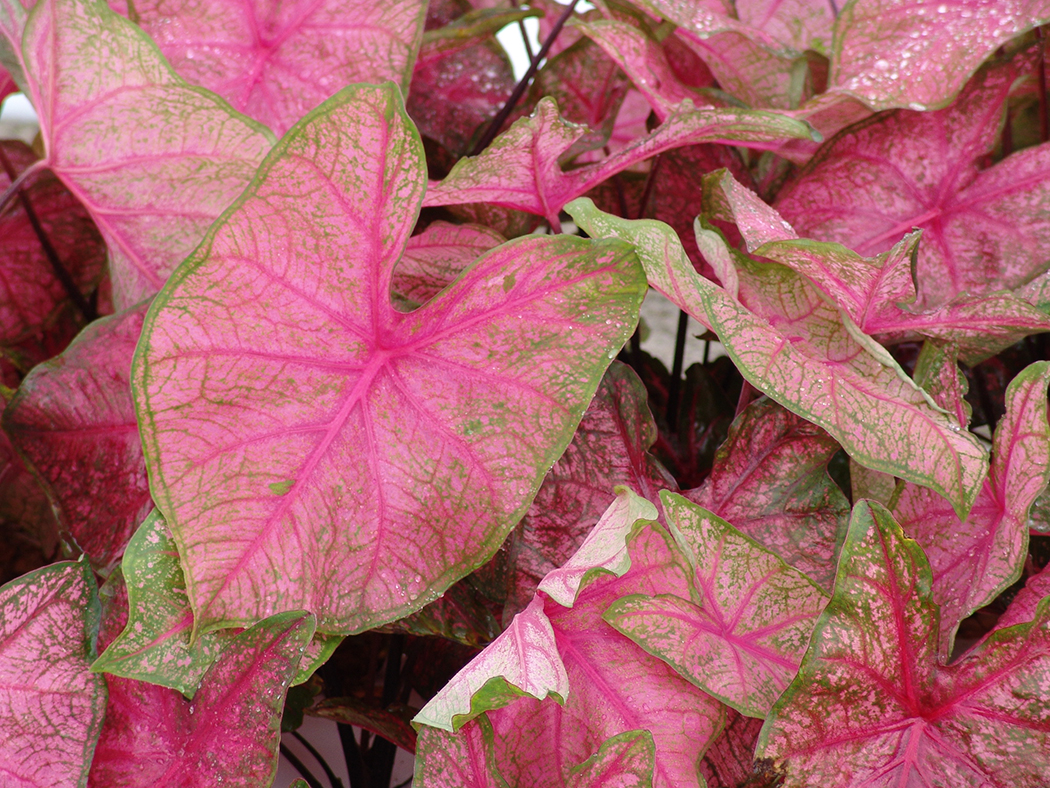Fannie Munson
Fannie Munson is a beautiful plant that can add a lot of charm to any home or garden. In this blog post, we will explore the benefits of having this plant, as well as some tips on how to care for it and make it thrive.
Pain Points
One of the biggest pain points of owning a Fannie Munson plant is that it requires a lot of maintenance. This plant needs to be watered regularly and kept in a specific temperature range. If you don't have the time or the resources to care for it properly, it can quickly wilt and die.
Target of Fannie Munson
Fannie Munson is a type of caladium plant that is known for its striking pink and green leaves. It is a tropical plant that is native to South America but has been popularized all over the world as a decorative plant. Fannie Munson can be grown in containers or in the ground, as long as the soil is kept moist and the temperature is warm.
Summary
Fannie Munson is a beautiful plant that adds charm to any home or garden. It requires a lot of maintenance, but with proper care, it can thrive and add color to your home. It is a tropical plant that is native to South America and can be grown in containers or in the ground.
Fannie Munson and its Target
My personal experience with Fannie Munson has been great. I have this plant in a container on my back porch, and it adds a lot of beauty to the space. At first, I was intimidated by the care requirements, but I quickly learned that as long as I kept the soil moist and the temperature warm, the plant thrived and grew beautifully.
Fannie Munson is a target for those who want to add a touch of color and beauty to their home or garden. Its pink and green leaves are eye-catching and can brighten up any space.
Tips for Growing Fannie Munson
If you're interested in growing Fannie Munson, here are some tips that can help you care for it:
- Plant Fannie Munson in a container or in the ground, in a warm and humid environment.
- Keep the soil moist, but not too wet.
- Provide good drainage and plenty of light.
Benefits of Fannie Munson
Fannie Munson has a lot of benefits. It is a low-maintenance plant that can add a lot of beauty to your home or garden. Its pink and green leaves are striking and can catch anyone's eye. Additionally, Fannie Munson is a great air purifier, removing toxins from the air and improving indoor air quality.
Caring for Fannie Munson
To care for Fannie Munson, make sure to water it regularly and keep the soil moist, but not too wet. Provide good drainage and plenty of light, but not direct sunlight. If you notice any yellow or brown leaves, remove them immediately to prevent the plant from wilting and dying.
Question and Answer
Q: Can Fannie Munson be grown indoors?
A: Yes, Fannie Munson can be grown indoors.
Q: Does Fannie Munson require a lot of maintenance?
A: Yes, Fannie Munson requires regular watering and specific temperature requirements to thrive.
Q: What kind of soil does Fannie Munson need?
A: Fannie Munson needs well-draining soil that is moist but not too wet.
Q: Does Fannie Munson bloom?
A: No, Fannie Munson does not bloom. It is grown for its beautiful pink and green leaves.
Conclusion of Fannie Munson
Fannie Munson is a beautiful plant that can add a lot of charm to any home or garden. With proper care and maintenance, it can thrive and grow, adding color and beauty to your space. Whether you grow it in a container or in the ground, Fannie Munson is a great addition to any plant collection.
Gallery
Florida Boys Caladiums: Fannie Munson, Fancy Leaf Pinks, Fannie_Munson
Photo Credit by: bing.com / munson fannie
Shop Caladium, Fannie Munson - 3 Per Bag And Other Seeds At Harvesting

Photo Credit by: bing.com / munson fannie caladium mammoth colocasia esculenta elephant ear harvesting history per bag
Fannie Munson Caladium - Calloway's Nursery

Photo Credit by: bing.com / fannie munson caladium calloway finder netps provided tool plant
Fannie Munson – Classic Caladiums, LLC, Commercial Website

Photo Credit by: bing.com / fannie munson caladiums
Fannie Munson Caladiums

Photo Credit by: bing.com / munson fannie caladiums partial sun varieties